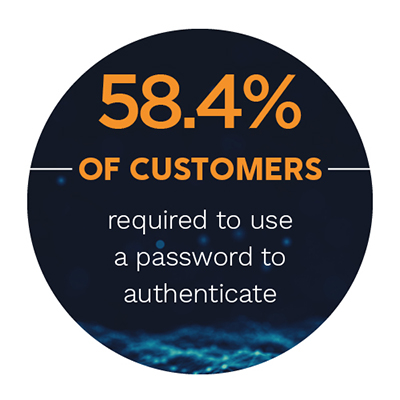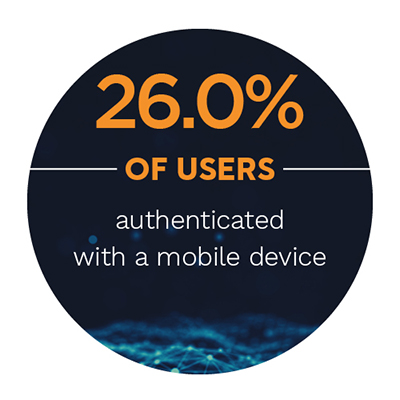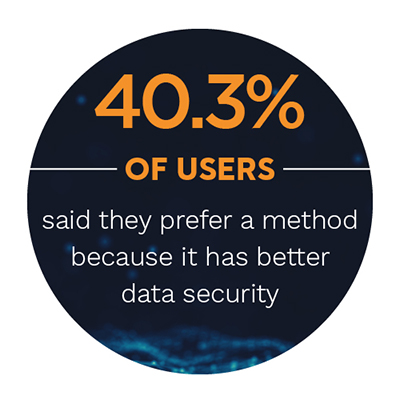Two-Thirds Of Patients Use Passwords For Healthcare Authentication: Why?

Authentication can take effort, but consumers don’t want to deal with complex logins — even when dealing with their most sensitive accounts, like those containing healthcare or medical information. That means it’s up to healthcare providers to make sure the users logging in to book appointments or change their health details really are who they claim to be, while speeding the process as quickly as possible.
It’s a tall order — healthcare providers must deal with a consumer base that’s growing more concerned with data security, but tends to shunt the responsibility. More than 45 percent of customers still authenticate using passwords, even though passwords have been proven time and again to be ineffective, at best, when it comes to keeping private information private.
Conversely, more than 40 percent of these same users place a huge amount of importance on data security when it comes time to access their health information or accounts. This  creates something of a quandary for the healthcare providers in question.
creates something of a quandary for the healthcare providers in question.
The dilemma is mainly one of speed, as consumers are still unwilling to sacrifice convenience for security. What’s more, while a good portion of healthcare providers still ask for paper documents for identification (think passport or Social Security card), that’s a good way to leave customers irritated and looking for a competing provider.
In the latest Digital Identity Lifestyle Capsule, a collaboration with Socure, we examine exactly how consumers are authenticating when it comes to accessing or creating a healthcare account. The report looks into which methods customers prefer and are most satisfied by, and, most importantly, how healthcare providers can update their authentication to make sure customers keep coming back.
- The Capsule found 58.4 percent of customers are required to authenticate with a password, while only 45.2 percent of customers prefer to use passwords.
- Twenty percent of customers must bring physical identity documents to their doctors or healthcare providers, but just 11 percent of users prefer that method of authentication.
- Users are not enthused about biometric identification for healthcare — roughly 3 percent of users cited facial recognition as their preferred method of authentication.
About The Report
Enter the PYMNTS Digital Identity Lifestyle Capsule, in collaboration with Socure, to make sense of the rapidly changing world of digital security and authentication/verification technology. Evaluating more than 300 data points on healthcare, the PYMNTS research team identifies the underlying consumer preferences that help explain the current state of digital security and how it will evolve going forward.

